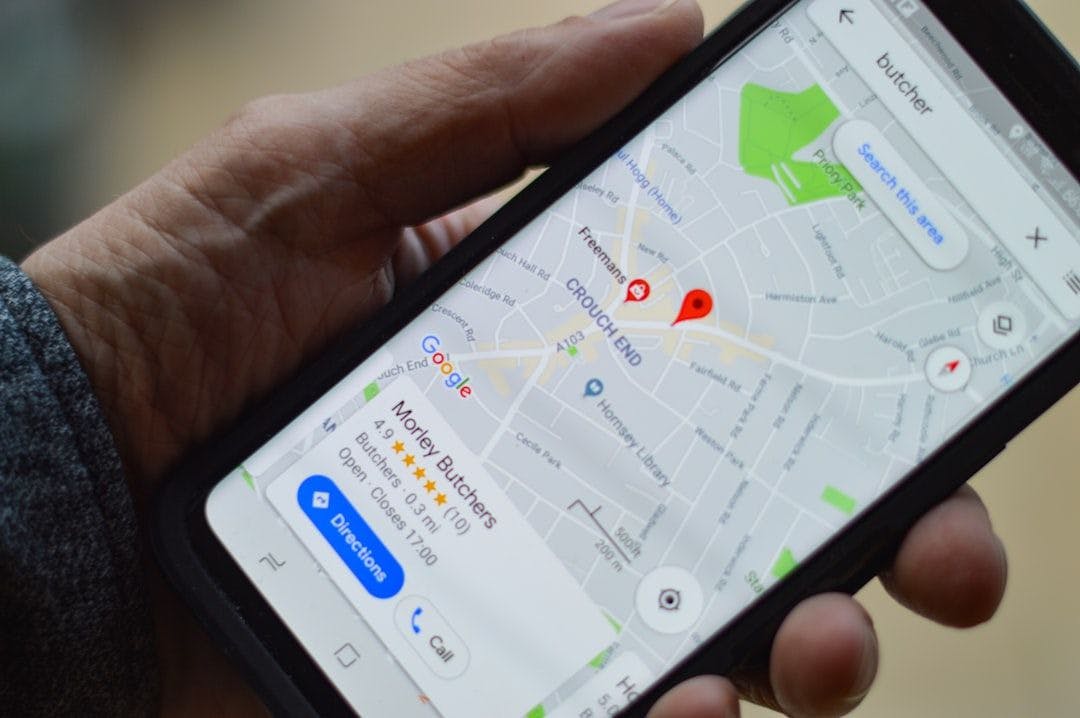
"According to the FCC, more than 10,000 lives could be saved every year if emergency responders had precise indoor location information for 911 calls made from mobile phones."
"GPS relies on signals from satellites orbiting 12,500 miles above Earth - signals that are relatively weak by the time they reach us. Inside concrete, steel, or underground structures, these signals degrade or vanish entirely."
"Indoor location failures are most dangerous in multi-story buildings, where vertical location is crucial, and in hospitals and care homes, where vulnerable individuals may call for help but cannot communicate their location."
"Imagine a firefighter entering a smoke-filled building with no visibility. GPS isn't helping. Communications are patchy. Their life - and the lives they're trying to save - depend on knowing their exact location and that of their team."
The article discusses the challenges of indoor navigation, highlighting that while GPS revolutionized outdoor navigation, it fails indoors, particularly in multi-story buildings and emergency situations. The FCC states that precise indoor location data could save over 10,000 lives annually during 911 calls. The article emphasizes that lack of indoor navigation is not just an inconvenience; it poses public safety risks in emergencies. Initiatives to improve indoor navigation technology are underway, aiming to address this critical blind spot in safety and efficiency.
Read at Hackernoon
Unable to calculate read time
Collection
[
|
...
]